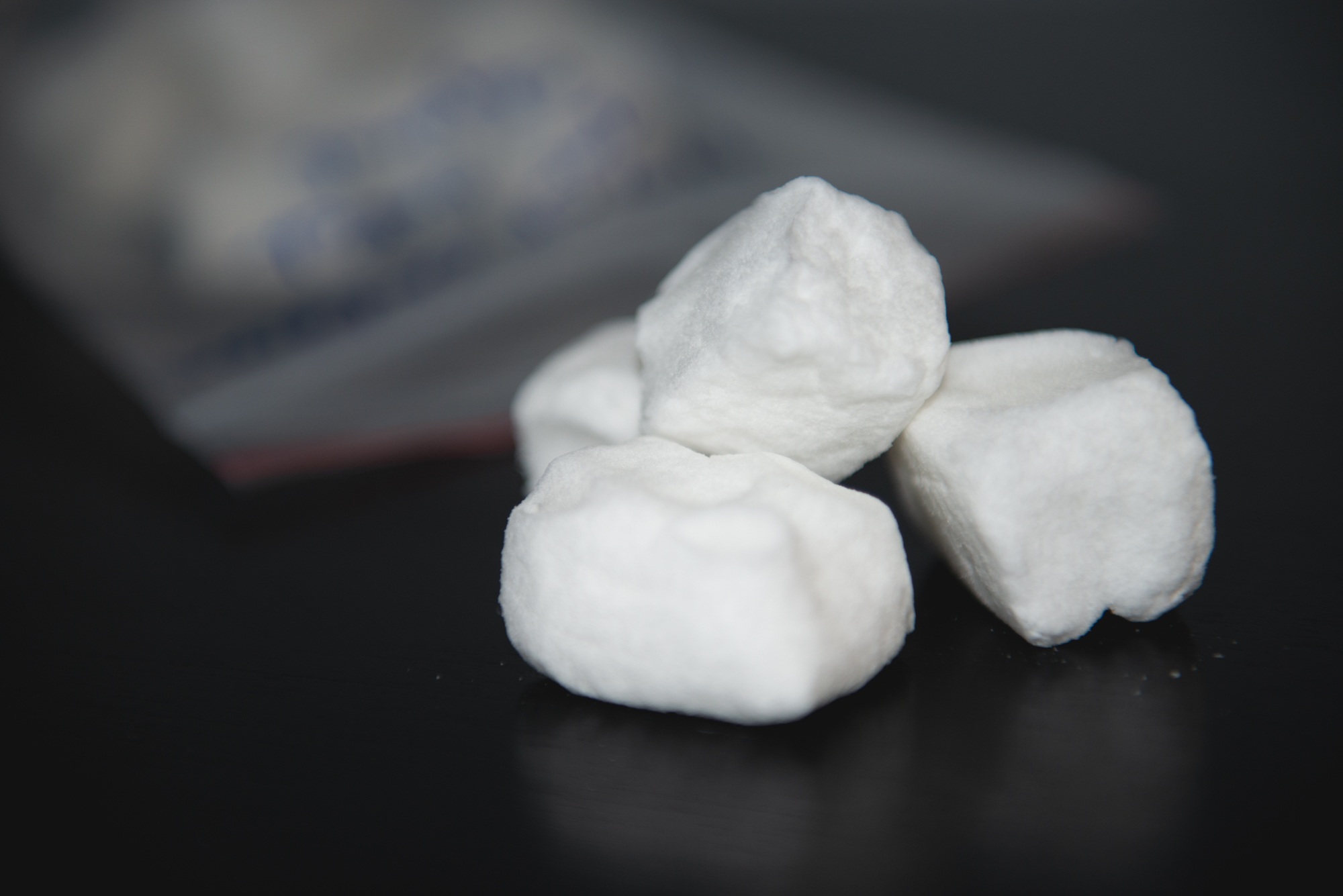Developing a quick-acting foam for treating wounds on the battlefield

Every second counts for those with life threatening injuries, especially when help is far away. A new grant will help Penn State researchers develop an innovative foam that helps seal wounds quickly — on the battlefield, rural areas, or other isolated locations far from hospitals.
The three-year, $1.4 million grant from the U.S. Army Medical Research and Development Command will support the development and testing of the foam, which will expand and turn into a gel when applied to a wound. The pressure from the expanding gel, along with the inclusion of a blood-clotting agent called chitosan, will help stop the bleeding.
Dr. Scott Armen, professor of surgery and neurosurgery at Penn State College of Medicine, said that once developed, the foam could be used by first responders and medics all over the world to help stabilize patients with severe wounds until they can be transported to a hospital.
“The idea is that this foam could be placed in wounds from many different kinds of trauma, whether civilian or on the battlefield,” said Armen, who is also a colonel in the U.S. Army Reserve and principal investigator on the project. “We could apply the foam in the field or at the scene, which would stop bleeding quickly, thereby enabling patients to survive prolonged transfer to hospitals or higher levels of care for definitive treatment.”
Dr. Jeffrey Catchmark, professor of agricultural and biological engineering, will help develop the foam, which he said will also be bioabsorbable.
“After the foam is applied and as the wound heals, natural enzymes in the body will slowly convert the foam into sugar, which will then be metabolized by the body,” Catchmark said. “The structure of the foam will also allow it to slowly transition into an insoluble gel. This is an advantage because it allows the wound to heal without being damaged by the foam, and if the foam needs to be removed, it will not injure the wound site like conventional gauze bandages.”
Dr. Melissa Linskey, resident surgeon at Penn State Health Milton S. Hershey Medical Center, will help Armen develop and plan the experiments to test the foam as she continues her training to become a trauma surgeon.
“We’re hoping the foam will be a valuable alternative or even a better replacement to similar products that are currently available,” Linskey said. “The wide applicability of the product is exciting, and we’re hoping it will particularly benefit our service men and women on the front lines.”
After the foam is developed and tested, the researchers also plan to evaluate its ease of use by first responders and look into developing weather- and fluid-resistant packaging to keep the foam dry while not in use.
If you're having trouble accessing this content, or would like it in another format, please email Penn State Health Marketing & Communications.
